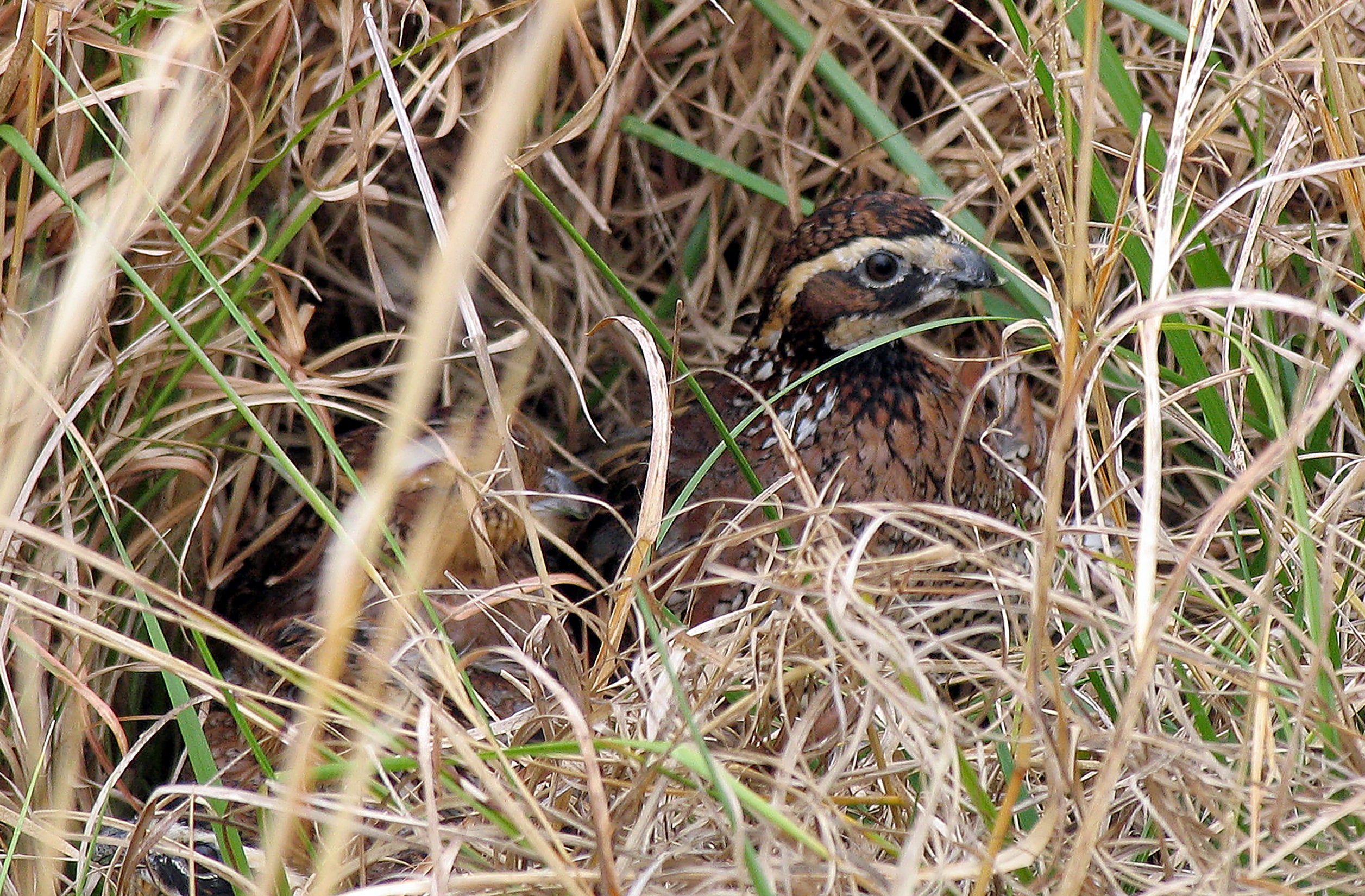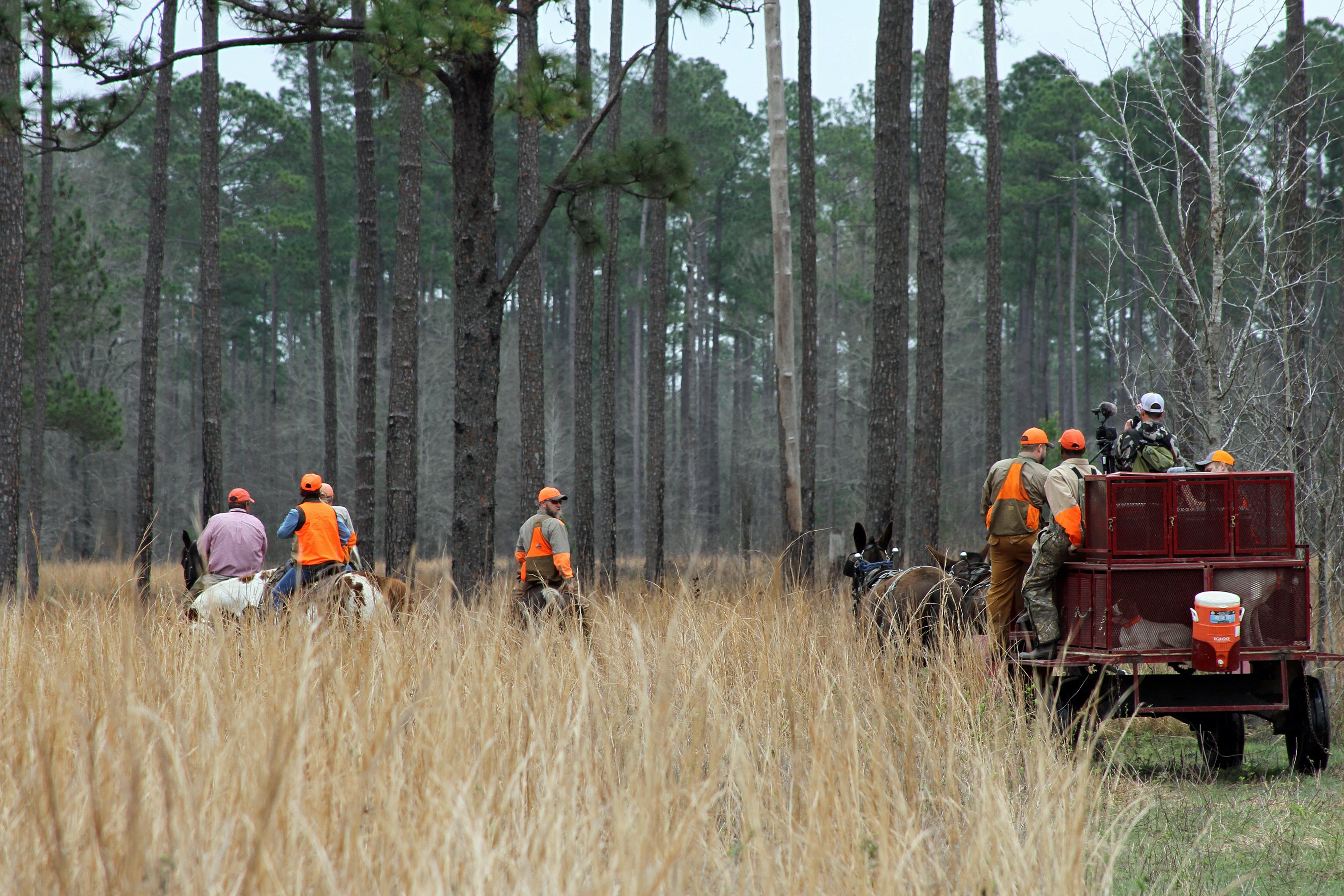By DAVID RAINER, Alabama Department of Conservation and Natural Resources
Now that the white-tailed deer season has ended, hunters will likely turn their attention once again to small game like rabbits, squirrels and the bobwhite quail, although quail hunting is nothing like it once was.
When fence rows from small farms and family gardens crisscrossed Alabama and the Southeast, the bobwhite flourished. Since large-scale farming operations became the norm and many families moved to urban and suburban areas, the quail habitat has significantly diminished and so has the number of wild bobwhites.
“Unfortunately, we can’t turn back the clock to the habitat we had at landscape levels in 1970 and prior,” said Steven Mitchell of the Alabama Department of Conservation and Natural Resources’ (ADCNR) Wildlife and Freshwater Fisheries (WFF) Division. “We do have some private lands that manage for wild bobwhites, and they have to intensively manage year-round for wild quail. They have the resources to do that, and they have good populations there. When I say good populations, I’m talking about how many (dog) points per hour. Some places find four or five coveys per hour. That’s the old Southern style hunting off of horseback and mule-drawn wagons. So, they’re moving, and they have some big running dogs. That’s how they can find those numbers per hour hunting.
“But they have also put in the work on the habitat to have that number of wild birds.”
Mitchell, who recently turned over the Upland Game Bird Coordinator position to Brandon Earls, said WFF tries to improve habitat for quail whenever possible on ADCNR’s wildlife management areas (WMAs) throughout the state.
“It’s difficult to manage public areas for just quail,” Mitchell said. “We have to manage for multiple species, but we do have areas that we consider ‘quail emphasis’ areas, where the management is more focused on improving quail habitat conditions. We continue to identify and expand emphasis areas where feasible. Though bobwhite densities remain low, we have seen some positive responses.
“We still have people who are very interested in quail hunting. Quail hunters are still finding some birds on WMAs. Some have reported finding a few coveys in a three- or four-hour hunt. Those successful hunters contribute their success to weather and scenting conditions. Colder days were reported to be better due to increased movement of quail to satisfy their higher metabolic rates during lower temperatures. Cool, moist days are also best for dogs to locate bird scent.”
One of the emphasis areas is the Boggy Hollow WMA within the Conecuh National Forest, cooperatively managed by WFF and the U.S. Forest Service. This acreage of Conecuh National Forest is being converted into bobwhite habitat through selective timber thinning and more frequent, smaller prescribed burns. Timber thinning increases sunlight reaching the ground, encouraging the growth of native grasses and forbs to provide food and nesting habitat for the quail. The quail harvest on Boggy Hollow is limited, with a daily bag limit of four birds and a season that ends on February 10, while the private land quail season runs through February 29. Visit https://www.outdooralabama.com/hunting/wildlife-management-areas for a list of WMAs and the hunting opportunities available. For more information about quail, go to www.outdooralabama.com/what-hunt/quail-hunting-alabama for links to the publication Ecology and Management of the Bobwhite Quail in Alabama, authored by former WFF Wildlife Biologist Stan Stewart.
“We’re still continuing the work with the U.S. Forest Service on Boggy Hollow,” Mitchell said. “We’re working to manipulate the habitat management scheme there to benefit quail. We’ve seen some success, but the density of quail is still low. Habitat on Boggy Hollow is being improved through timber thinning, prescribed fire, and establishment of wildlife openings and early successional habitat.”








